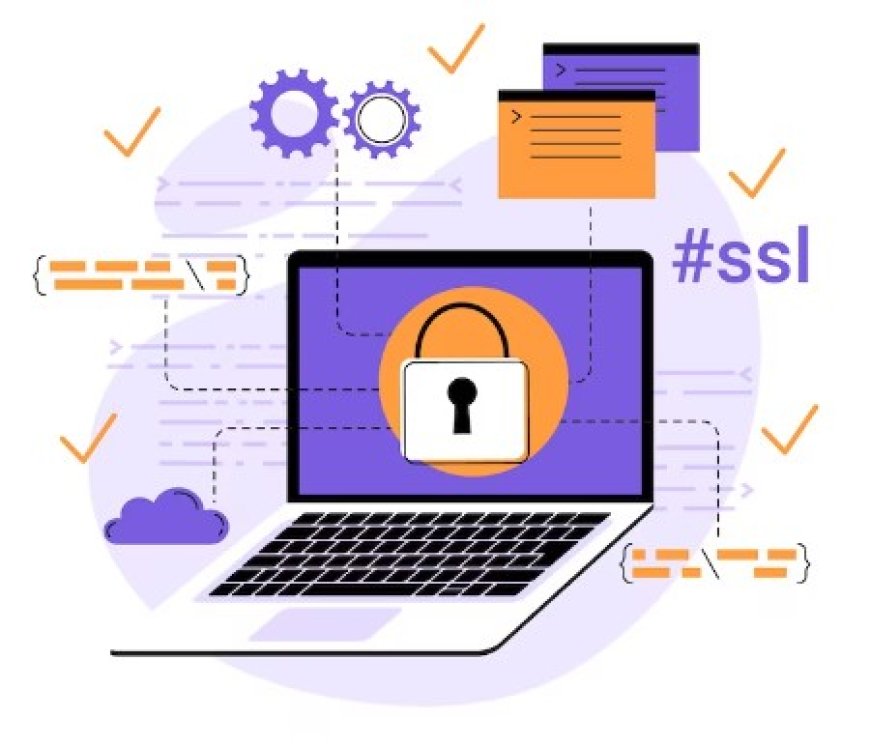Secure Software Development
Explore secure development, practices, coding, vulnerabilities, testing, encryption, authentication, tools, software, security, solutions, and guidelines.

Secure software development refers to the practice of designing, coding, and deploying software applications with a strong focus on mitigating security risks and vulnerabilities. It involves implementing security measures and best practices throughout the entire software development lifecycle to ensure the confidentiality, integrity, and availability of the software and the data it handles. Secure software development aims to protect against malicious attacks, data breaches, and other security threats, ultimately providing users and organizations with trustworthy and resilient software solutions.
Importance of secure software development in today's digital landscape
-
Protects sensitive data and user privacy
-
Reduces the risk of security breaches and cyber attacks
-
Enhances the trust and credibility of software applications
-
Ensures compliance with regulatory requirements and industry standards
-
Minimizes financial and reputational damages caused by security incidents
-
Enables early detection and mitigation of security vulnerabilities
-
Facilitates secure integration and interoperability with other systems
-
Supports a proactive security culture within development teams
-
Safeguards intellectual property and trade secrets
-
Mitigates legal and compliance risks associated with data breaches.
The purpose of this blog post is to provide an overview of secure software development practices and highlight their importance in today's digital landscape. It aims to educate readers about the significance of incorporating security measures throughout the software development lifecycle and provide insights into best practices for developing secure and resilient software applications.
Common Software Security Vulnerabilities
Secure software development requires understanding and addressing common vulnerabilities that can be exploited by attackers. Some of the most prevalent vulnerabilities include:
-
These occur when untrusted data is improperly handled, allowing attackers to inject malicious code into the application, such as SQL or OS commands.
-
XSS vulnerabilities enable attackers to inject malicious scripts into web pages viewed by users, compromising their sensitive data or performing unauthorized actions.
-
CSRF exploits trust between a user's browser and a website, tricking the user into performing unintended actions on their behalf.
-
Weak authentication mechanisms, such as using weak passwords or not adequately protecting session tokens, can lead to unauthorized access.
-
Insecure references to internal objects or resources can allow attackers to access unauthorized data or perform unauthorized actions.
-
Poorly configured software, servers, or network devices can introduce vulnerabilities that attackers can exploit.
-
Weak encryption algorithms or incorrect implementation of cryptographic protocols can expose sensitive data to unauthorized access.
Secure Software Development Lifecycle (SDLC)
Secure Software Development Lifecycle (SDLC) is an approach that integrates security practices throughout the entire software development process. It emphasizes proactive measures to identify and address security issues at every stage of development. The key phases of the SDLC include:
-
Security requirements are identified and documented, ensuring that security considerations are incorporated into the software design from the start.
-
Security controls and measures are integrated into the software design, including secure coding practices, data encryption, and access controls.
-
Secure coding practices are followed, such as input validation, parameterized queries, and proper error handling, to mitigate common vulnerabilities.
-
Thorough security testing, including vulnerability scanning, penetration testing, and code review, is conducted to identify and fix potential security weaknesses.
-
Security measures continue to be implemented during the deployment phase, and ongoing maintenance and updates are performed to address newly identified security risks.
By following a secure SDLC, organizations can build software with a strong security foundation, reducing the risk of security breaches and vulnerabilities. It ensures that security is not an afterthought but an integral part of the software development process.
Collaboration and Training For Secure Software Development
Collaboration and training play a crucial role in promoting secure software development practices within an organization.
Team collaboration and communication:
Effective collaboration among developers, testers, security professionals, and other stakeholders helps identify and address security concerns early in the development process. Regular communication and knowledge sharing enable a shared understanding of security requirements and facilitate the implementation of appropriate security controls.
Developer training and awareness programs:
Providing developers with comprehensive training on secure coding practices, secure design principles, and relevant security standards equips them with the knowledge and skills needed to develop secure software. Ongoing awareness programs keep developers updated on emerging threats and best practices, reinforcing a security-focused mindset.
Secure coding education and resources:
Organizations should provide developers with access to secure coding guidelines, libraries, frameworks, and tools that facilitate secure software development. Resources such as code review checklists, secure coding cheat sheets, and secure coding standards help developers identify and mitigate common security vulnerabilities.
Secure Development Tools and Technologies
To enhance secure software development practices, organizations can leverage a range of tools and technologies designed to identify and mitigate vulnerabilities. These tools provide automated support and help ensure the implementation of secure coding practices. Here are some key tools and technologies in this domain:
Static and dynamic code analysis tools:
These tools analyze code for potential security vulnerabilities and coding errors during the development process. Static analysis tools examine the source code, while dynamic analysis tools assess the application behavior during runtime.
Secure development frameworks:
Secure development frameworks provide a set of pre-built components, modules, and libraries with built-in security features. These frameworks help developers implement secure coding practices and reduce common vulnerabilities.
Secure coding libraries and modules:
Secure coding libraries offer pre-tested and validated code snippets that can be integrated into applications to address specific security concerns, such as input validation or encryption.
Automated security testing tools:
These tools perform security tests, such as penetration testing or vulnerability scanning, to identify potential weaknesses in the software. They help identify vulnerabilities early in the development process and support continuous security testing throughout the software lifecycle.
Compliance and regulatory considerations
Compliance and regulatory considerations play a crucial role in secure software development. Organizations must adhere to industry-specific regulations and standards to ensure the protection of sensitive data and meet legal requirements. Here are some key points to consider:
Data privacy regulations:
Organizations need to comply with data privacy regulations, such as the General Data Protection Regulation (GDPR) or the California Consumer Privacy Act (CCPA). These regulations govern the collection, processing, and storage of personal data, and organizations must implement appropriate security measures to protect this data.
Industry-specific standards:
Different industries have specific compliance requirements, such as the Payment Card Industry Data Security Standard (PCI DSS) for the payment card industry or the Health Insurance Portability and Accountability Act (HIPAA) for the healthcare sector. Adhering to these standards ensures the secure handling of sensitive data within the industry context.
Secure software development frameworks:
Compliance frameworks, such as the Open Web Application Security Project (OWASP) Top 10, provide guidelines for developing secure applications. These frameworks outline common vulnerabilities and best practices to mitigate risks during the software development process.
Documentation and audit trails:
Maintaining proper documentation of security controls, development processes, and testing activities is essential for compliance. It enables organizations to demonstrate their adherence to regulatory requirements and facilitates audits and assessments.
Third-party assessments:
Organizations may undergo external assessments or audits to validate their compliance with regulatory requirements. Engaging with independent assessors or obtaining certifications can enhance trust and provide assurance to customers and stakeholders.
Secure software development is of paramount importance in today's digital landscape. By prioritizing security throughout the development lifecycle, organizations can protect their systems, data, and users from potential threats and vulnerabilities. Key takeaways for organizations include implementing secure coding practices, conducting regular security assessments, fostering collaboration and training, leveraging secure development tools and technologies, complying with regulatory requirements, and embracing continuous improvement. As the software security landscape continues to evolve, organizations should stay informed about emerging trends and adapt their practices accordingly.




































